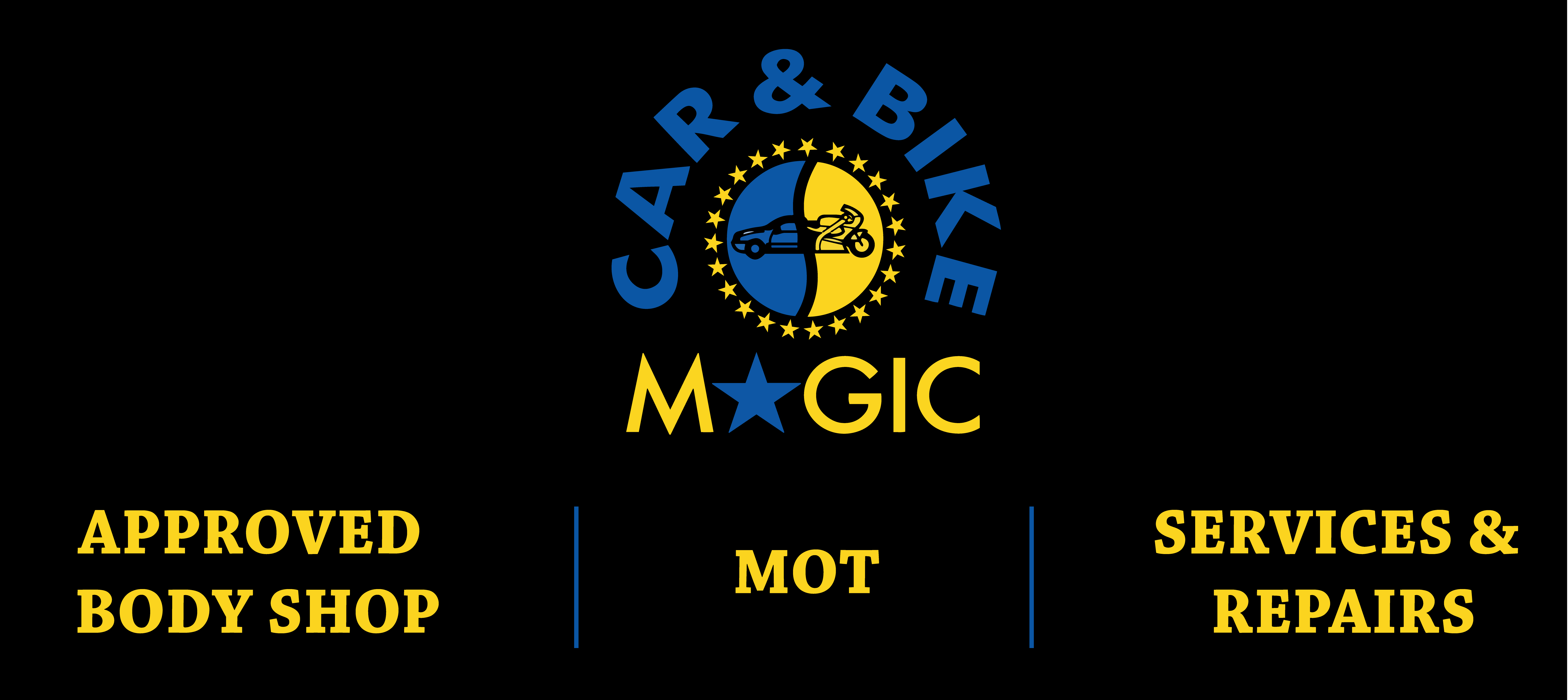Regarding safety, nothing on your motorcycle is more important than a reliable braking system. Whether cruising through open highways or navigating busy city streets, keeping your brakes in peak condition can be the difference between stopping safely and ending up in a dangerous situation. This motorcycle brake repair guide will walk you through everything—from motorcycle brake pad replacement and brake fluid change to motorcycle brake bleeding and caliper repair.
We’ll blend hands-on know-how with professional tips so you can handle the work yourself or know exactly what to expect when taking your bike to experts like Car & Bike Magic or their motorbike repair Durham service.
Understanding Your Motorcycle Brake System
Your motorcycle’s brake system is a finely tuned balance of mechanical parts and hydraulic pressure. It generally consists of:
- Brake lever/pedal—Your input to engage the brakes.
- Brake lines—Carry the brake fluid to the calipers.
- Brake calipers—Clamp the brake pads onto the rotor.
- Brake pads—Create friction to stop the wheels.
- Brake fluid—Transfers your lever/pedal force to the calipers.
If any one of these parts fails, your stopping power suffers. That’s why motorcycle brake maintenance is essential—not just for performance but also for your safety.
Signs You Need Brake Repair
Motorcycle brakes rarely fail overnight. Instead, there are warning signs you should never ignore:
- Squeaking or grinding noises—Could indicate worn pads.
- Spongy brake lever feel—Often means you need the motorcycle brakes.
- Brake fade—A loss of braking power during rides.
- Vibrations when braking—May point to warped rotors or loose calipers.
- Fluid leaks—Signal issues with brake lines or calipers.
If you spot any motorcycle brake problems, it’s time for a motorcycle brake service or a motorcycle brake system repair before hitting the road again.
Tools and Materials You’ll Need
Before getting into the repair process, gather the right tools:
- Socket set and wrenches
- Screwdrivers
- Brake fluid (DOT type recommended for your bike)
- New brake pads
- Brake cleaner spray
- Torque wrench
- Bleed kit (for hydraulic brakes)
- Rags and gloves
Pro tip: A clean workspace and proper lighting make the job smoother and safer.
Step 1: Motorcycle Brake Pads Replacement
Replacing brake pads is one of the most common motorcycle brake replacements you’ll do.
- Remove the caliper—Loosen the bolts and carefully slide the caliper off the rotor.
- Take out the old pads—Remove any retaining clips or pins first.
- Check the rotor—Look for scoring or warping; replace if damaged.
- Install new pads—Slide them in, ensuring proper alignment.
- Reattach the caliper—Tighten bolts to the manufacturer’s torque specs.
This small investment in time ensures you maintain peak braking efficiency and safety.
Step 2: Motorcycle Brake Fluid Change
Brake fluid absorbs moisture over time, reducing performance. Follow these steps:
- Locate the master cylinder reservoir. It is usually near the handlebars for front brakes or the foot pedal for rear brakes.
- Drain old fluid—Use a bleed kit to push old fluid out.
- Clean the reservoir—Remove any debris with a lint-free cloth.
- Refill with fresh fluid—Use the correct DOT-rated fluid for your motorcycle.
Changing your brake fluid every 1–2 years keeps your hydraulic system working like new.
Step 3: Motorcycle Brake Caliper Repair
Calipers are the muscle behind your braking power. If they’re sticking or leaking:
- Remove the caliper—As in pad replacement.
- Disassemble the caliper—Carefully take apart pistons and seals.
- Inspect and clean—Use brake cleaner to remove built-up grime.
- Replace worn seals—This prevents leaks and maintains pressure.
- Reassemble and reinstall—Follow the instructions of the parts for a proper fit.
If this feels too advanced, a pro like Car & Bike Magic can handle the job with precision.
Step 4: Motorcycle Brake Bleeding
Bleeding brakes removes air bubbles that can make your lever feel soft.
- Attach the bleed kit to the caliper’s bleed screw.
- Pump the brake lever until firm, then hold.
- Open the bleed screw slightly to release fluid and air.
- Close the screw before releasing the lever.
- Repeat until only clear fluid without bubbles comes out.
This step ensures maximum braking power and responsiveness.
Step 5: Final Safety Checks
Once all repairs are done:
- Check for leaks in brake lines and around calipers.
- Test lever/pedal feel—It should be firm, not spongy.
- Spin wheels to ensure no dragging from misaligned pads.
- Take a slow test ride in a safe area before regular use.
Final Thoughts
A well-maintained brake system is your lifeline on two wheels. Whether a simple motorcycle brake pad replacement or a more complex motorcycle brake caliper repair, following this guide helps you keep your ride safe and road-ready. If in doubt, always consult professionals who know the ins and outs of motorcycle brake system repair.
FAQs
Q1: How often should I replace motorcycle brake pads?
Typically every 10,000–15,000 miles, but inspect them regularly for wear.
Q2: Can I use car brake fluid for my motorcycle?
Only if it matches your motorcycle’s specified DOT rating—check your manual.
Q3: Why does my brake lever feel soft after replacing pads?
Air might be trapped in the system. Perform a motorcycle brake bleeding.
Q4: How do I know if my calipers need repair?
Look for uneven pad wear, sticking pistons, or fluid leaks.
Q5: Is brake repair a DIY-friendly task?
Pad replacement is beginner-friendly, but caliper rebuilds and complex repairs may require professional help.
